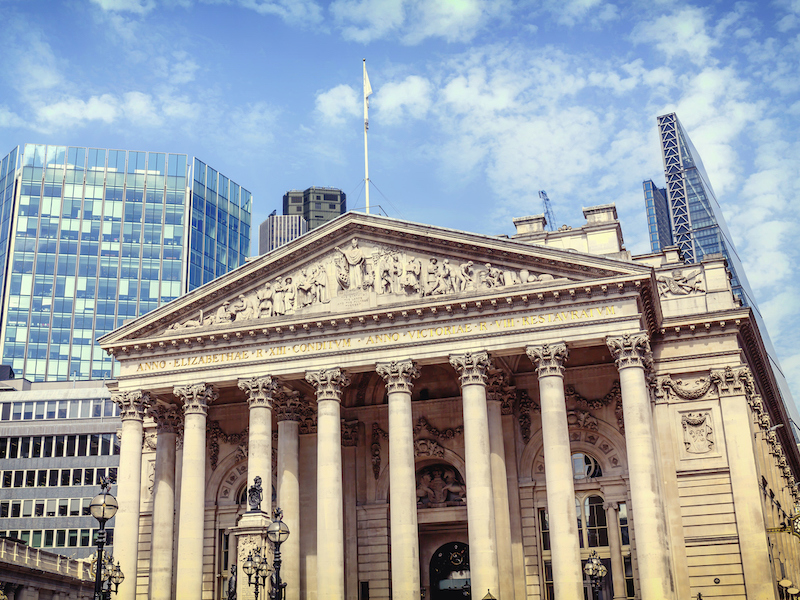
Just like the U.S. Federal Reserve, the Bank of England is edging toward cutting interest rates — though not quite yet.
The United Kingdom’s central bank kept its main interest rate at a near 16-year high of 5.25% on Thursday and indicated that borrowing costs have probably peaked. However, with inflation still too high for comfort, it said it’s too soon to start cutting rates.
There had been “good news” on inflation in recent months, bank Gov. Andrew Bailey said, but at 4%, it is still double the bank’s goal.
“We need to see more evidence that inflation is set to fall all the way to the 2% target, and stay there, before we can lower interest rates,” he said.
Bailey wouldn’t speculate on whether the next move in interest rates would be up or down but gave a broad hint that rates have peaked.
“The key question has moved from how restrictive do we need to be to how long do we need to maintain this position for,” he said.
Similarly on Wednesday, the Fed held rates steady but surprised financial markets with its cautious statement that it “does not expect it will be appropriate” to cut rates soon.
How inflation moves in the coming months will be key. The Bank of England predicts inflation will fall to 2% between April and June, about 18 months earlier than previous forecasts, according to economic projections published alongside the rate decision.
However, it is then expected to start rising “somewhat” toward 3% again as wage increases outpace price rises and oil prices pick up.
Bailey also said the bank was keeping an eye on the impact of the hostilities in the Middle East, though he noted that the attacks on vessels in the Red Sea by Yemen’s Houthi rebels — which have prompted many companies to divert shipments onto longer and more expensive journeys — have only had a “limited impact” on energy costs and other consumer prices in Britain.
It is a risk facing all of Europe, with the Red Sea a key route for trade with Asia. The disruption could threaten to reinvigorate price spikes and thus prevent quicker rate cuts even as the 20 countries using the euro currency saw inflation ease to 2.8% in January.
The Bank of England, like the Fed and other central banks around the world, raised interest rates aggressively in late 2021 from near zero to counter price rises first stoked by supply chain issues during the coronavirus pandemic and then Russia’s invasion of Ukraine, which pushed up food and energy costs.
Higher interest rates — which cool the economy by making it more expensive to borrow, thereby bearing down on spending — have contributed to bringing down inflation worldwide.
In December, however, inflation in Britain unexpectedly rose to 4%, an increase that tempered market expectations that the central bank would cut borrowing costs as soon as May.
Still, most economists think rates could start falling in the summer, especially if inflation undershoots expectations over the coming months.
“If, as we expect, inflation falls sharply by the middle of the year, we think this will provide the all-clear for cuts to begin,” said Luke Bartholomew, senior economist at asset management firm abrdn. “And given the weak growth environment, when cuts do start, they’re likely to be quite rapid.”
Though a predicted recession has not materialized over the past year, economic growth is muted as high rates have held people back from borrowing to buy houses or invest in businesses.
The backdrop is hardly ideal for the governing Conservative Party ahead of a general election in the coming year. Opinion polls point to a big victory for the main opposition Labour Party.
After the decision, Treasury chief Jeremy Hunt said it is “obviously very positive news for families with mortgages that interest rates appear to have peaked.”